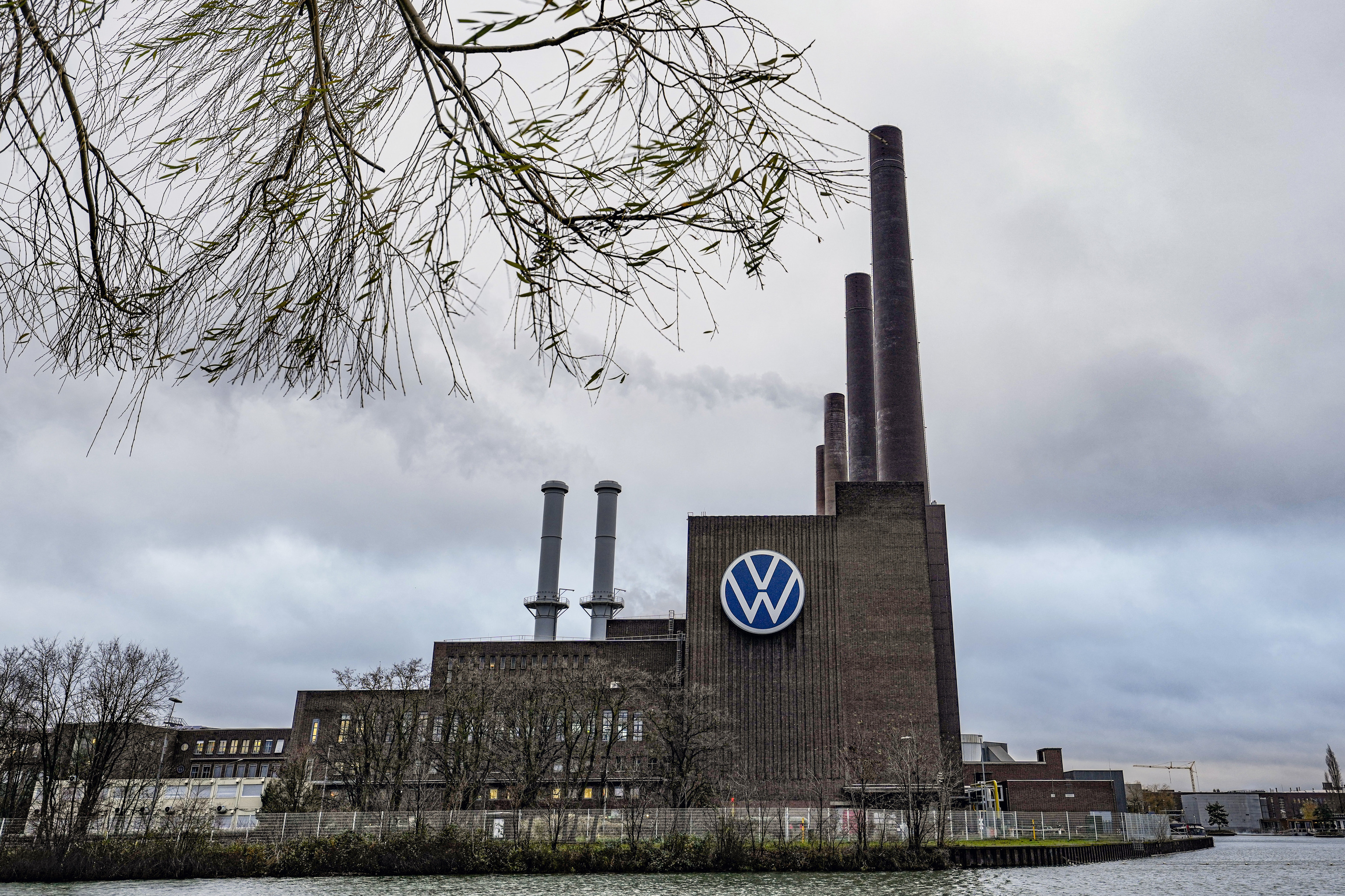Trump's announcement of imposing a 25% tariff (starting April 2) on all cars manufactured outside the US did not catch anyone by surprise. The Republican politician considers protectionism as one of the pillars to "make America great again" and has even said that tariffs are the most beautiful word in the dictionary. He has targeted everyone, including allies like Mexico and Canada, although the European Union is a common target in his diatribes. "That union of small countries that sell us millions of cars but don't buy ours sounds very nice. That can't be, they will have to pay a very high price," he said during the election campaign.
What tariffs does the US currently apply to cars not made in the country?
Those coming from the EU pay a 2.5% tariff. The extreme case is Chinese automobiles, taxed at 100%, thus being expelled from the local market. With this measure, Trump says he expects to collect $100 billion annually.
How many cars are imported each year?
In 2024, the country bought automotive products worth $474 billion, of which $220 billion corresponded to passenger vehicles: almost 7.5 million units out of the 16 million sold in total. Mexico, Japan, South Korea, Canada, and Germany were the main suppliers.
What is the relationship with Europe?
The rating agency Morningstar points out that the EU sold cars in the US for ¤52.5 billion, while buying vehicles for ¤11.7 billion. This trade surplus has more than doubled since 2020.
Regarding car factories, "Spain did not export any vehicles to that country in 2024, and it seems that it will continue this way in 2025," stated yesterday by the Anfac association. Although US Commerce Department statistics indicate that 8,316 light vehicles were indeed shipped for $178.5 million. However, the weight of Spanish-made vehicle exports to that market has been minimal, between 1% and 2% in the last decade.
As for parts suppliers, they may be affected by those sent directly to the US as well as those sent to the EU, Mexico, or Canada to manufacture vehicles that are later exported to North America. According to the Sernauto association, export revenues from the auxiliary industry reached ¤25.14 billion, with 65% obtained in the EU, with Germany (¤3.95 billion) and France (¤3.84 billion) as main clients. In the US, it was only $1.201 billion. For now, the White House has indicated that tariffs will only apply to key elements such as engines, transmissions, drivetrain components, and electric ones. However, the list is not closed.
The most exposed countries are those that export the most to the US. That is, Mexico (2.96 million cars in 2024), South Korea (1.53 million), Japan (1.38 million), Canada (1.065 million), and Germany (447,000 vehicles). It is important to note that in the case of Canada and Mexico, the 25% tariff would only apply to components used in cars that are not American.
Among European brands, Morningstar says the most affected would be premium German brands like BMW or Mercedes. Although they will find it easier to pass on price increases to their higher-income customers. Also affected will be Asian brands like Toyota, Mazda, Hyundai, Kia, or Nissan, each exporting between 550,000 and 650,000 cars to the US in 2024. However, even the three major local manufacturers (General Motors, Ford, and Stellantis) will not escape unscathed due to the large volume of production they assemble in Mexico and Canada. In fact, the first of them imported 750,000 cars last year, according to USImport.
At first glance, there seems to be one clear winner: Tesla. The manufacturer founded by Elon Musk produces the vast majority of the cars it sells in the country in its Texas and Michigan plants.
What can manufacturers do?
Brussels has already warned that, to protect themselves, they will seek to do the most business possible with the world's largest economy. In other words, counterattacking with other tariffs, especially. Manufacturers, on the other hand, would only have one solution: increase their production in the US. This is the path Hyundai has taken, investing $9 billion by 2028 to reach an installed volume of 1.2 million cars. It is the same strategy that Chinese manufacturers are adopting in Europe, partly to overcome current EU tariffs but mostly to consolidate their presence in the region, following the footsteps of Americans, Japanese, and Koreans, in that order. And, above all, because they have money to spare. Unlike Western manufacturers, who must focus their investments on catching up in electrification. Additionally, these are very expensive projects, always long-term and must be justified by serious planning, something that is not always fulfilled in the Trump Administration.
